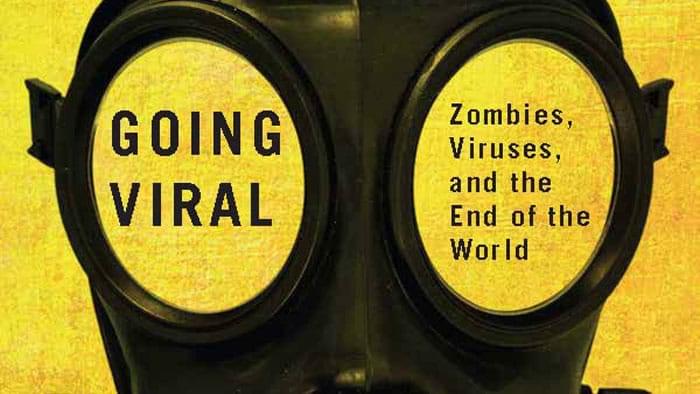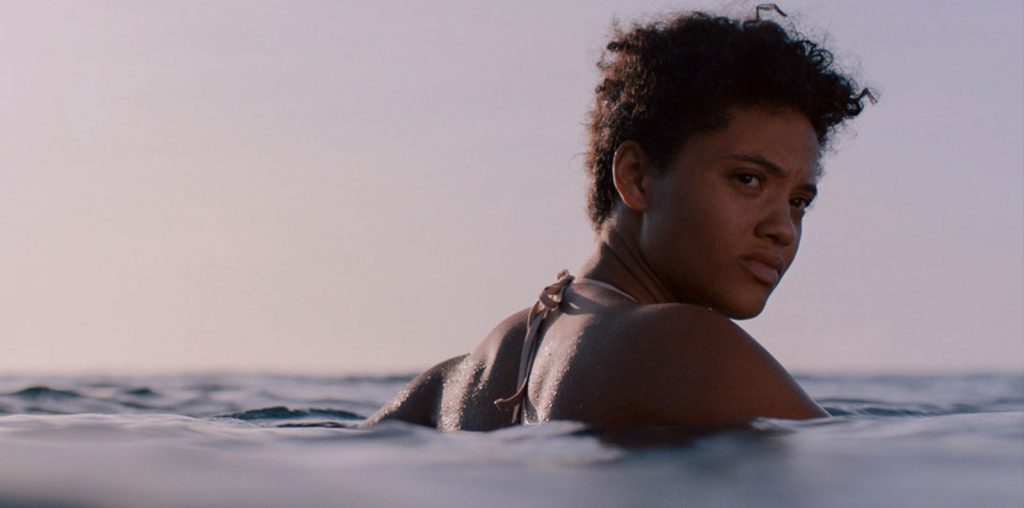
When a documentary begins with a disclaimer warning of the graphic nature of certain scenes and a recommendation that viewers not attempt to duplicate these events in their own homes, you brace yourself for something shocking. And in “A Hole in the Head,” you don’t have to wait long.
The opening footage depicts a woman cleaning the blood from her face and body after boring a hole clear through her own skull. The documentary is about trepanning, the ancient medical and spiritual practice of cutting holes in the skull to release demons, or in modern terms, to increase blood volume in the brain and often to get the patient high!
Several moments in this film are truly mind-blowing (forgive the pun), such as when the self-trepanned subjects speak in detail about the thoughts and emotions experienced while drilling into their own skulls. More than one expresses the terror mixed with elation they felt as they penetrated the layers of bone. One interviewed medical skeptic makes the point that the person who would subject themselves to this surgery is clearly a breed apart from the norm and might have more in common with each other than the rest of us. (For example, they all drill holes in their heads.) Hence similar reports from the subjects include post-trepanning benefits including increased energy and a permanent emotional high. No doubt about it, these folks are cut from a different cloth.
Unfortunately, Kabillio almost misses the boat, not spending enough time probing into the lives and characters of those who would seek out this experience. Such brief emotional, but truly fascinating and educational, portraits are set aside for a focus on exploring whether or not the medical benefits perceived by the trepanners are actual or imagined. In trying to present a balanced view, Kabillio includes the perspective of several medical professionals. This effort is largely wasted, as the experts share the common sense skeptical perspective most viewers already share. They aren’t raising questions that haven’t already occurred to us, and they don’t presume to understand the human brain well enough to dismiss trepanning outright.
But give this documentary credit as a good presentation of an obscure (and messy) subject. It treats the viewer to a lot of disturbing footage of actual trepanation (for those who appreciate that sort of thing) and gives us a lot to ponder about the lengths people are willing to go to explore the fringes of science and human potential.

